The suspension of the BLM’s local advisory committees threatens transparent and collaborative management of America’s public lands
In a world that seemingly becomes more polarized and political by the day, public-land resource advisory councils—commonly known as RACs—have represented a last bastion of cooperation in public land management. These collaborative committees are made up of individuals from diverse interest groups, including ranchers, local agency representatives, environmentalists, commercial interests, and sportsmen-conservationists. RACs serve the important purpose of bringing diverse local perspectives to the table to find agreement over competing demands on our public lands, like grazing, development, recreation, and conservation. They have been very successful in shaping positive public-land management outcomes.
The Department of the Interior oversees more than 200 individual advisory committees, including 38 RACs that meet with the Bureau of Land Management—the largest public-land management agency in the country, responsible for 245 million acres of our public lands. In fact, three TRCP field staffers serve on full RACs in Idaho, New Mexico, and Oregon, and weigh in on issues affecting BLM lands.
That is, until their meetings were indefinitely suspended.
Per instruction from the Department of the Interior, the BLM recently notified all RAC members that future meetings will be postponed until at least September in order for the agency to review the “charter and charge of each Board/Advisory Committee.” In the meantime, local decisions about the management of our public lands will continue to be made, but without input from local stakeholders who are trying to find common ground and who are actually out there using the lands.
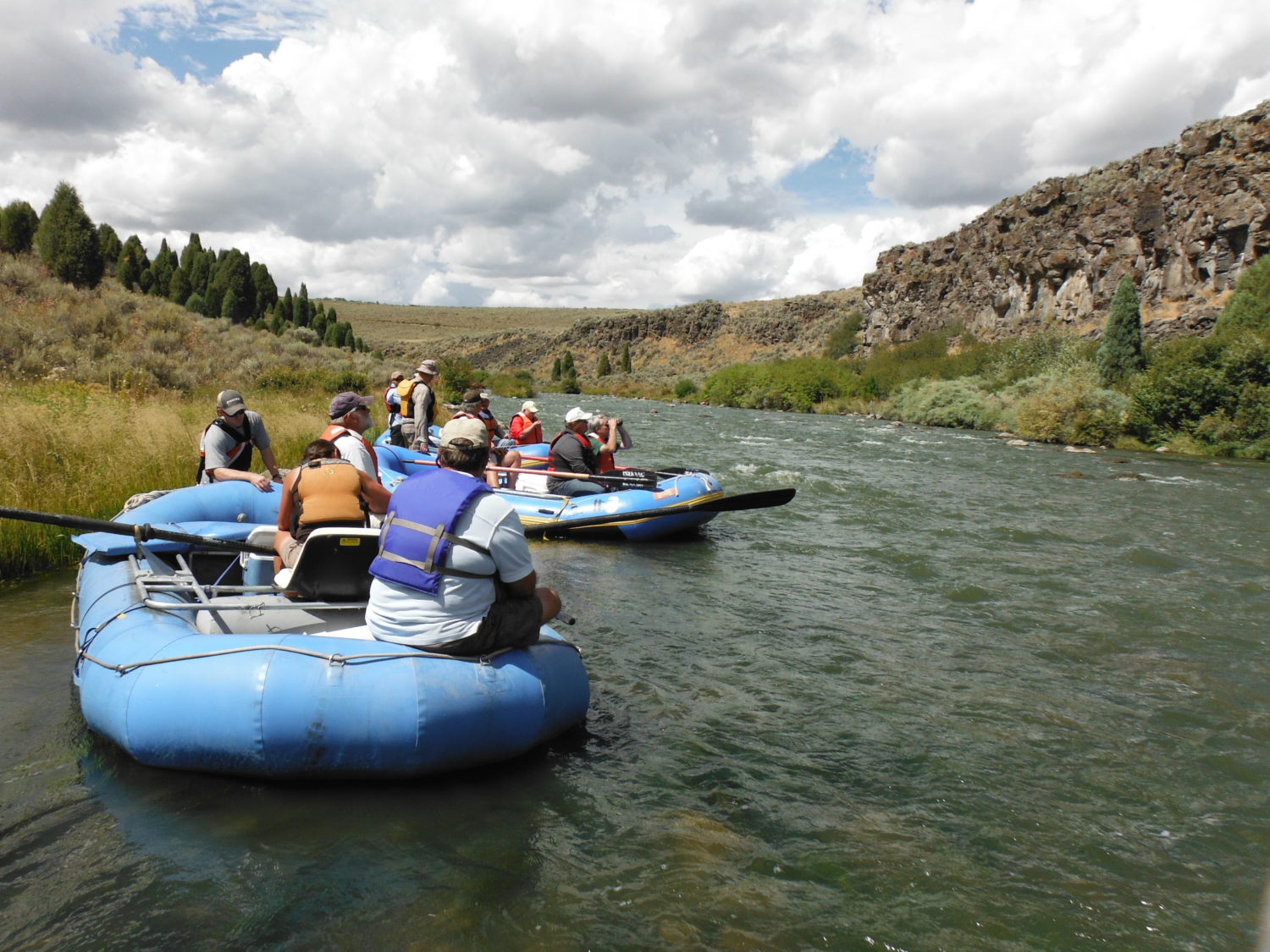
The Local Success of RACs
As a part of these committees, sportsmen and women have helped to shape the future management of world-class fish and wildlife habitat in places like the High-Divide of east-central Idaho and the Owyhees of southeast Oregon. These are places that we depend on for our hunting and fishing opportunities, and when ranchers, business owners, environmentalists, and sportsmen are all on the same page about how these lands should be managed, we all win.
Our Oregon field rep, Mia Sheppard, serves on the Southeast Oregon RAC, where recently they’ve made collaborative recommendations to state and BLM-district managers about everything from fire management to handling wild horse and burro populations. Mia has witnessed their recommendations having a real impact on the ground and sees her RAC’s involvement as critical to finding balanced solutions on Oregon’s public lands. To remove RAC members from the process would further disconnect and delay resource policy and planning.
Groups created to provide local input on #publicland management told to stay home Click To TweetDown south, our New Mexico field rep, John Cornell, serves on the Las Cruces District Southwest New Mexico RAC. Currently, they are helping to shape a plan for the Organ Mountains-Desert Peaks National Monument, focusing on improving access and maintaining sensible restrictions around historical sites—part of the reason this monument was designated. Stakeholder representation and input from hunters and anglers, specifically, is crucial and could be cut out entirely if these meetings are postponed until at least September.
In Idaho, Coby Tigert, deputy director of our Center for Western Lands, serves on the Idaho Falls District RAC, where they’ve been actively involved in management decisions that will affect more than four million acres of BLM lands. “In addition to upcoming land-use plans,” says Tigert, “the Idaho Falls District manages grazing, sage grouse habitat, and extensive phosphate mining leases on public lands. The diverse membership of our RAC helps balance the interests of the public with the BLM’s multiple-use mandate.” The postponement of RAC meetings could put all of this into question.
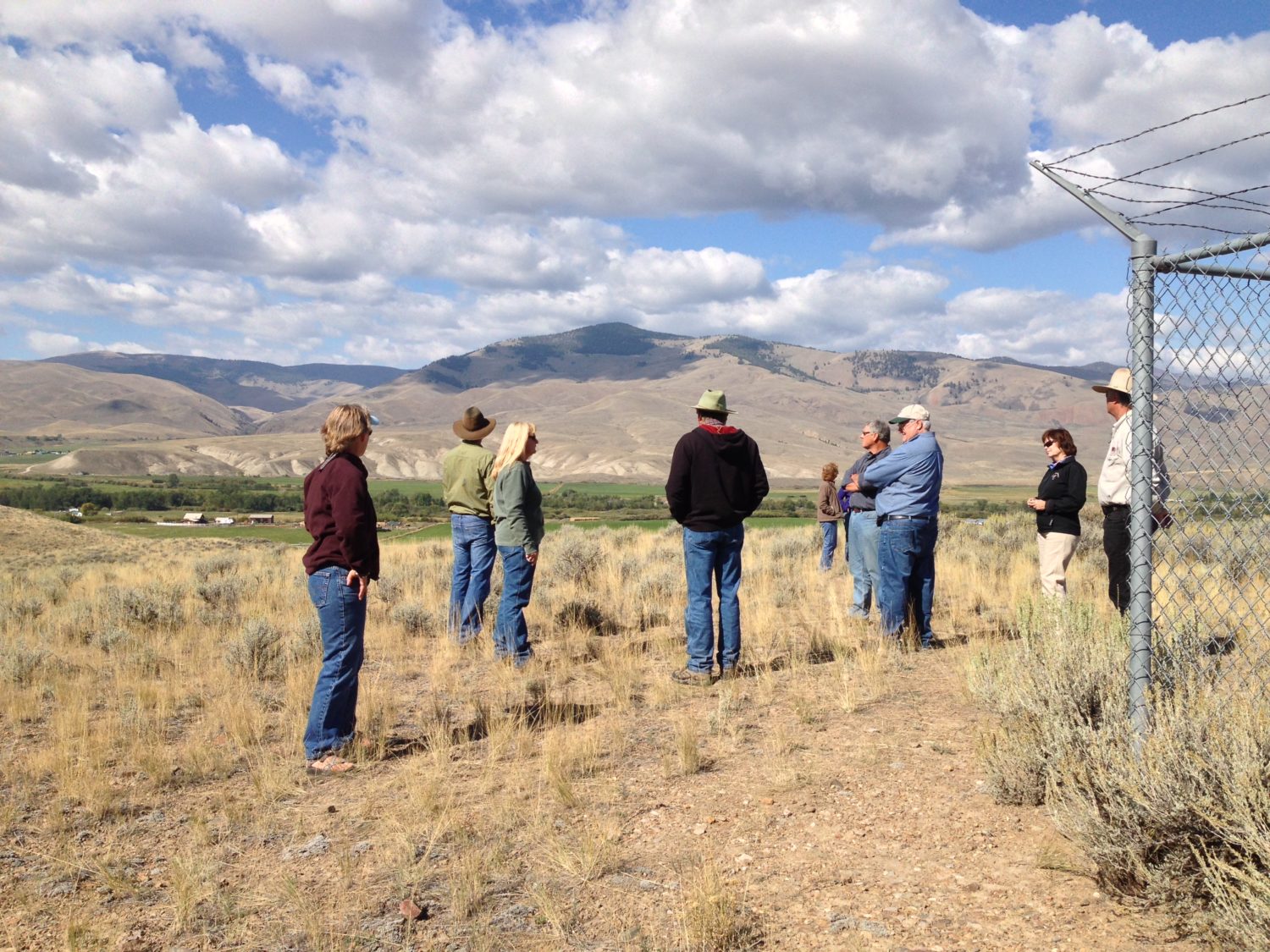
Keep It Collaborative
These are just a few examples of the collaboration and public input that would be lost if RACs were disbanded across the West. Moreover, the suspension not only threatens the responsible management of our public lands—it could further build disdain for the federal government.
RAC members have committed their precious time to do what’s best for our public lands, and now the agency risks sending the signal that it may not value their opinions or, in some cases, their years of hard work. This is the kind of action that encourages discontent and adds to the misguided sentiment that transferring public lands to the states may be a better alternative.
At a time when the public’s trust in the federal government is at an all-time low, the Dept. of the Interior and administration should be holding up RACs as the standard for how we should be working together to best utilize our natural resources in a way that benefits the most amount of people. We encourage the agency to restart the RAC meeting process as soon as possible.
In the meantime, watch for more from the TRCP on how the threats to public land management are just as real as the movement to transfer or sell off your public lands access—enthusiasm for public lands is at an all-time high, but it’s not enough to simply keep it public.

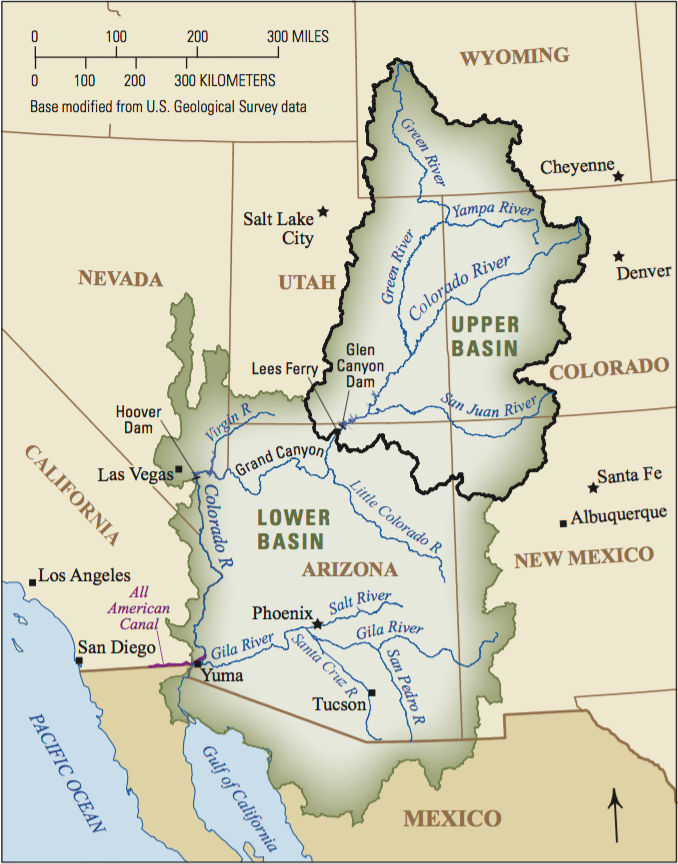
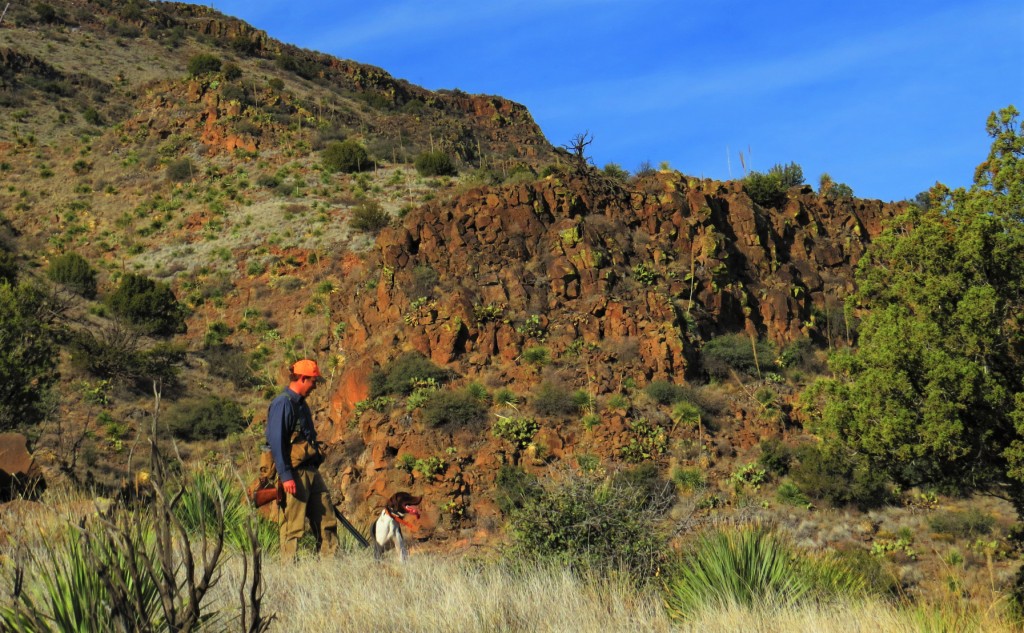
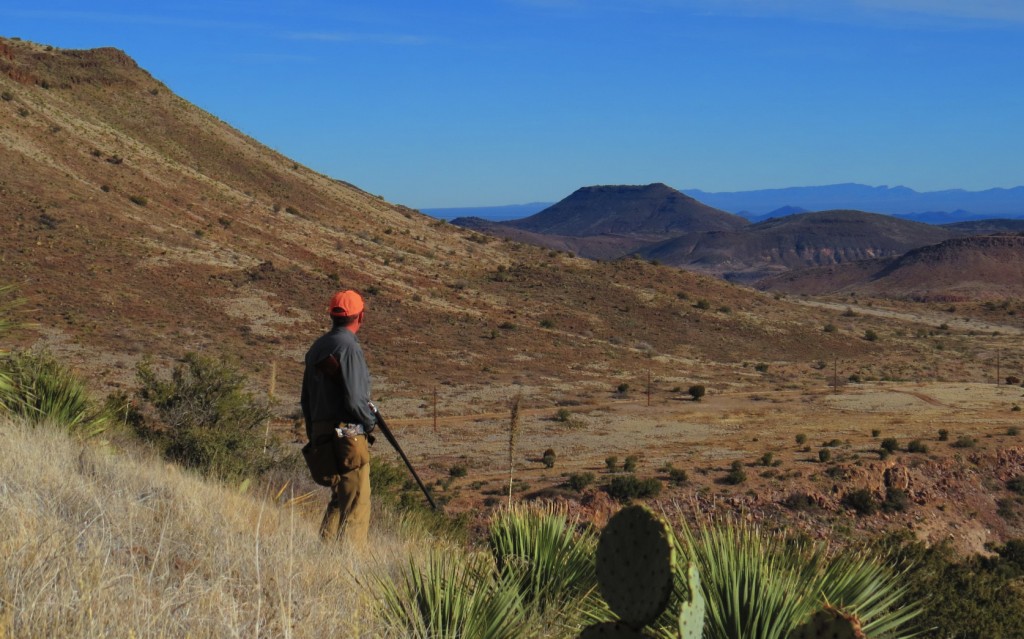
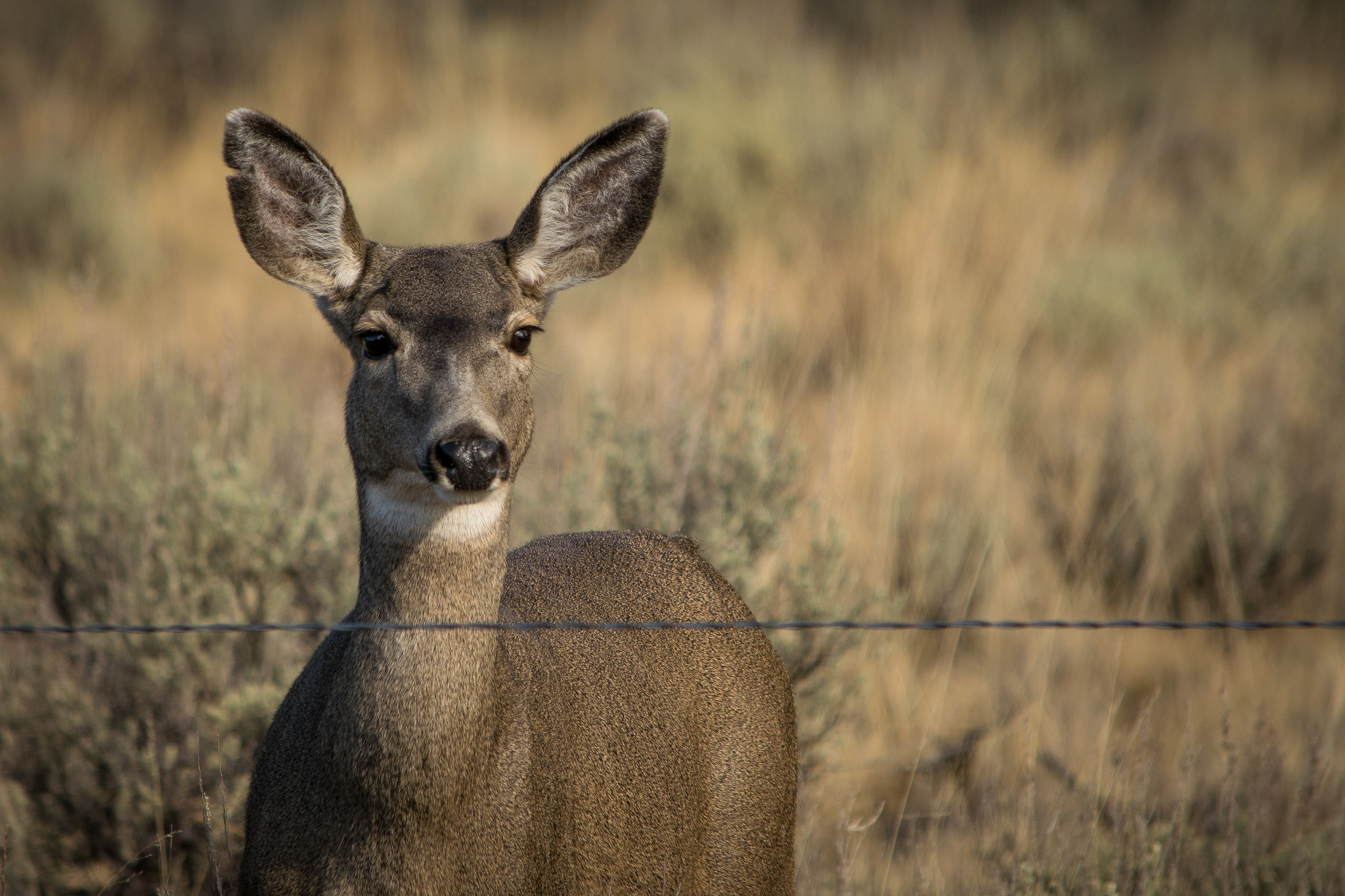




I support RACs to protect, and help manage public lands. PUBLIC Lands are just that, OWNED by the people and should be protected from being sold, leased, or used.
For all the talk of “listening tours” the DOI’s action speaks much louder. Public lands are for the public as a whole, not corporate exploitation.
I can’t believe that the Trump administration is so craven as to disallow public input. If RACs are lost we lose one more voice for the proper use of public land. I support the RACs to protect and mange the PUBLIC’s lands.
Public lands are just that “Public” and owned by all the people and should be protected from being sold, leased, or used by any one individual or group/s
As a member of the public, who co-owns the public lands of this country, I demand the administration listen to and respect the wishes of people like myself who utilize these lands. Input from RAC’s and the public Must be taken into account in any decisions regarding the stewardship of lands which belong to every American.
Why shouldn’t local groups have a say in what happens to the ‘Public’ lands that belong to ALL of us? Because they live closest to those lands and usually depend on the tourism such sites attract, they have the greatest vested interest in maintaining those lands as the attractions they are.
In most cases sportsman are more conservative than the Department of Interior. General principle is to ensure the land is to sustain and support wildlife. Also allowing public access for recreation, hunting, and fishing. That’s why RAC was a vital part of the input.
It is essential that the current administration understand that public input from a variety of interest groups while working w/ the BLM is essential to avoid “user conflict.” Once these lands are sold, they will be lost to future generations. Teddy R. must be spinning like crazy at the thought.
Steens Mtn.Advisory Council IS meeting–without BLM representation; what are they going to do, fire us?? The work still has to be done!
Sportsmen and women, it is time to fight this disgusting money-grubbing administration with all that we have. This will be the fight of our lives for everything that we love about the outdoors.
RACS need to meet, do not take this bullying from a fake president
The majority of Americans honor our lands & environment.
Haven’t you heard? They don’t have RACs in Russia.
Without the input of the RAC, nobody should be able to make a decision about our public land.
These are the people responsible for losing timber land, and inflating wood and home prices. These are the people making 100 year old ranches die. Public land, dual use land needs to stay open to the people of the United States. Water belongs to the people and should be conserved for use in the state that it is running through. Getting off subject, but trying to limit use of a farms reservoirs that BLM has done, and taking away ranches next round waterways is a little much.
This is exactly right. True and correct, if the BLM tries to become a land realtor, or do anything with its publicly-owned lands other than continue to manage them as they’ve done in the past, this is unacceptable and the BLM’s management Will Be Replaced!
What a crock! The BLM is trying to removing public influence from its decision-making process., and that completely portends a lack of transparency and a disconnection from the real owners of this land; the People of the United States! This change in attitude by the managers of the Bureau of Land Management is dangerous and not prudent on their part. Public Opinion will sway far to the left and the managers of the BLM will be replaced, and the Bureau will suffer funds withdrawal, re-staffing, and reorganization in the near future! Stay your course, and do not radically change your stance if you want continued support…